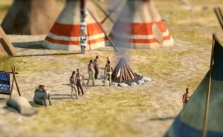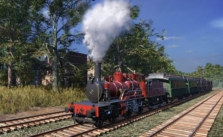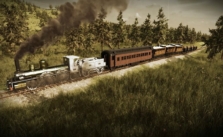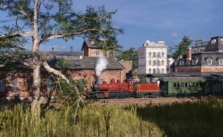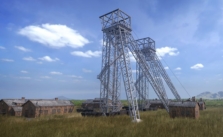Railway Empire 2: Train Stations and Station Gridirons
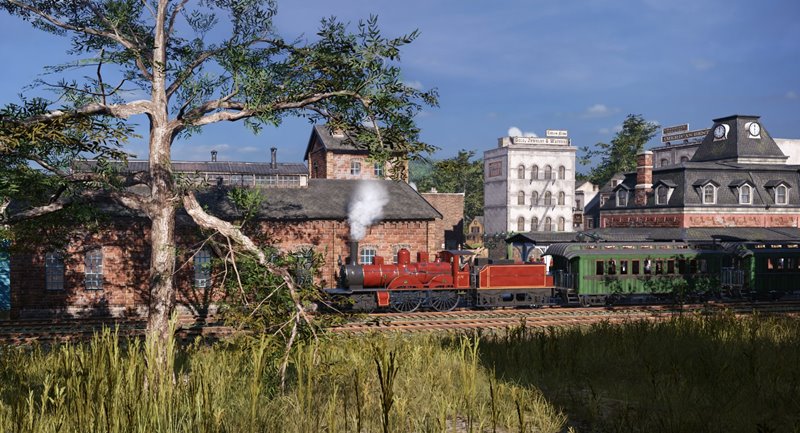
In Railway Empire 2, understanding how to optimize your station infrastructure and track layout is essential to a successful rail network. Stations are not merely endpoints; they are complex hubs that must be built, expanded, and effectively utilized to ensure the efficient flow of passengers, mail, and freight.
Train Stations
There’s only one type of station in Railway Empire 2, but you can enhance it by adding tracks and buildings, as well as a station gridiron. The role of a station depends on its location and what extra structures are added:
- City Stations: When built within a city, stations can trade passengers, mail, and freight with the city.
- Rural Stations: Stations positioned near rural businesses in the countryside can transport their products.
- Transfer Stations: These are situated in the middle of nowhere and serve as relay points for passengers, mail, and freight.
A station can be extended to include up to 8 tracks. Initially, only the first track is built, but the station layout shows where additional tracks can be added. Over time, you can easily expand a train station with additional tracks, though each extra track incurs costs.
Station Gridirons
Station gridirons can only be built on parallel tracks right in front of a station. They connect all tracks and allow an arriving train to freely choose its station track. Avoid large station gridirons as they become longer with more tracks, require more space, and cause trains to slow down.

Note the difference between station gridirons and normal switches: Trains choose the shortest route at switches, but at a station gridiron, they prioritize the station track that is expected to have the shortest waiting time.
Ideal Construction Scheme
Instead of constructing tracks and sidetracks, build two parallel tracks from station to station and connect them using station gridirons. Define the track direction to create an efficient construction scheme:

This approach enables many trains to operate simultaneously and ensures that any train can reach any station when several stations are connected consecutively. To reduce waiting times at a busy station, it can be useful to expand the two travel tracks to three or four tracks in front of the station.

Remember that a train coming from the left can use any station track and then proceed back to its designated travel track. If the train is to continue to the right, there must be a station gridiron; otherwise, the train might be forced off its assigned travel track.


